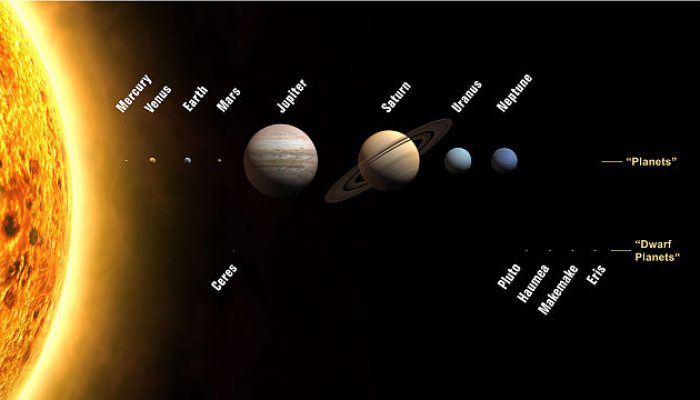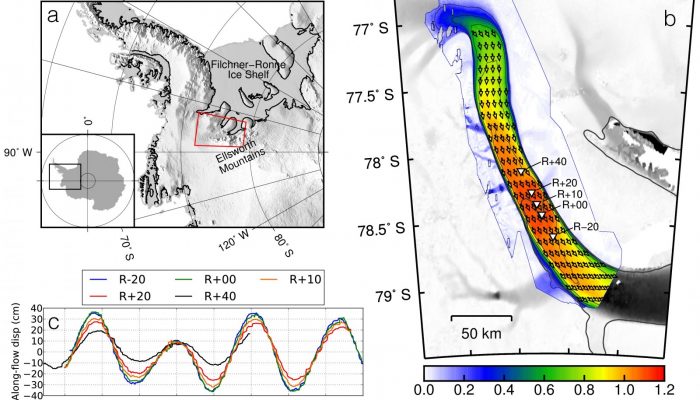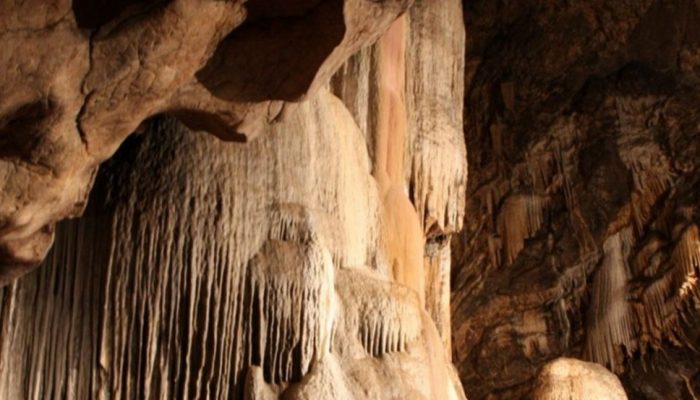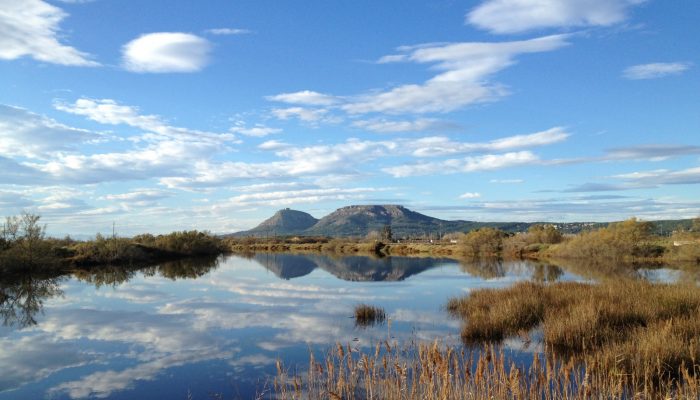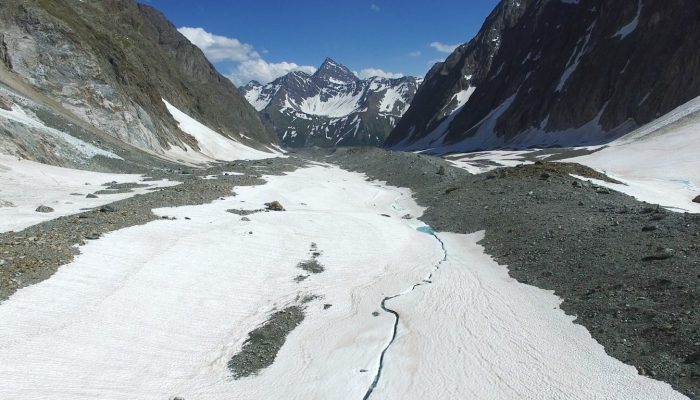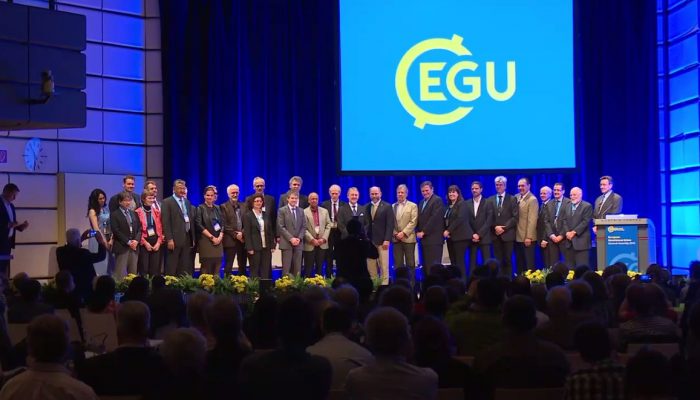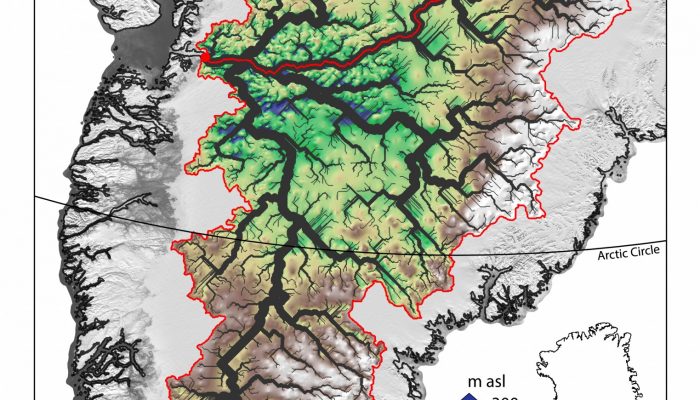The “Paper of the Month” (PoM) blog series, recently launched by the Early Careers Scientists (ECS) representatives of the Seismology Division at EGU, aims to present particularly interesting, important, or innovative research articles in all fields related to seismology. While peer-reviewed articles published in the last 12 months are the primary targets, also older “classical” papers can make it ...[Read More]
If you didn't find what you was looking for try searching again.
Planetary and Solar System Sciences
Welcome to the PS division blog!
Welcome on-board the blog of the PS division of the EGU ! You may not be familiar with the PS division and what it is about, so I’ll give you a tour. Most of the EGU divisions look towards the Earth, whether it is deep down the interior or right at the surface. Some look up to the atmosphere and the climate. Finally, there are two which look way up: PS and the Solar Terrestrial Sciences division ( ...[Read More]
Cryospheric Sciences
Image of the Week – How ocean tides affect ice flow
Ice streams discharge approximately 90% of the Antarctic ice onto ice shelves , and ultimately into the sea into the sea (Bamber et al., 2000; Rignot et al., 2011). Whilst flow-speed changes on annual timescales are frequently discussed, we consider here what happens on much shorter timescales! Previous studies have shown that ice streams can respond to ocean tides at distances up to 100km inland ...[Read More]
Geology Jenga
Geoscience outreach- why it matters and how to get involved
This post is brought to you by Natasha Dowey, a dear friend and a volcanologist turned petroleum geologist. Just like us, Natasha has a passion for outreach. In this post she explains why it matters and a number of ways you can get involved. The importance of communication in geoscience is becoming ever more widely recognised. Researchers are being encouraged to step out of their comfort zones, lo ...[Read More]
WaterUnderground
What caves can teach us about climate, past and present
Authored by: Gabriel C Rau, Associate Lecturer in Groundwater Hydrology at UNSW, Australia Andy Baker, Director of the Connected Waters Initiative Research Centre at UNSW, Australia Mark Cuthbert, Research Fellow in Hydrogeology at the University of Birmingham, UK Martin Sogaard Andersen, Senior Lecturer at UNSW, Australia Have you ever enjoyed the cool refuge that an underground cave offers from ...[Read More]
GeoLog
Imaggeo on Mondays: Why is groundwater so important?
Groundwater is an often underestimated natural resource, but it is vital to the functioning of both natural and urban environments. Indeed, it is a large source of drinking water for communities world-wide, as well as being heavily used for irrigation of crops and crucial for many industrial processes. The water locked in the pores and cracks within the Earth’s soils and rocks, also plays an impor ...[Read More]
GeoLog
Geosciences Column: Pollen tells a 7300 year old story of Malta’s climate and vegetation
Figuring out what the climate was like, and how it changed, throughout Earth’s history is like trying to complete a 1000 piece puzzle. Except that scientists usually don’t have all the nuggets and building a comprehensive picture relies on a multidisciplinary approach in order to fill in the blanks. This is particularly true during the Holocene, which spans the last 11,700 years of the Earth’ ...[Read More]
Cryospheric Sciences
Image of The Week – A Game of Drones (Part 1: A Debris-Covered Glacier)
What are debris-covered glaciers? Many alpine glaciers are covered with a layer of surface debris (rock and sediment), which is sourced primarily from glacier headwalls and valley flanks. So-called ‘debris-covered glaciers’ are found in most glacierized regions, with concentrations in the European Alps, the Caucasus, Hindu-Kush-Himalaya, Karakoram and Tien Shan, the Andes, and Alaska and the weste ...[Read More]
GeoLog
Gender equality in the geosciences: is it a numbers game?
Here’s a tricky question for you. Try and name a woman in geoscience who has won an award for their studies in the last 5 years? How about a man? Chances are it is much easier to think of a male geoscientist who has won an award than a female one, but is that because more men win awards in geoscience than women (compared to the number of male and female geoscientists)? This was the question that w ...[Read More]
Cryospheric Sciences
Image of the Week – Canyons Under The Greenland Ice Sheet!
The Greenland Ice Sheet contains enough water to raise sea level by 7.36 meters (Bamber, et. al. 2013) and much of this moves from the interior of the continent into the oceans via Jakobshavn Isbræ – Greenland’s fastest flowing outlet glacier. An ancient river basin hidden beneath the Greenland Ice Sheet, discovered by researchers at the University of Bristol, may help explain the loca ...[Read More]


